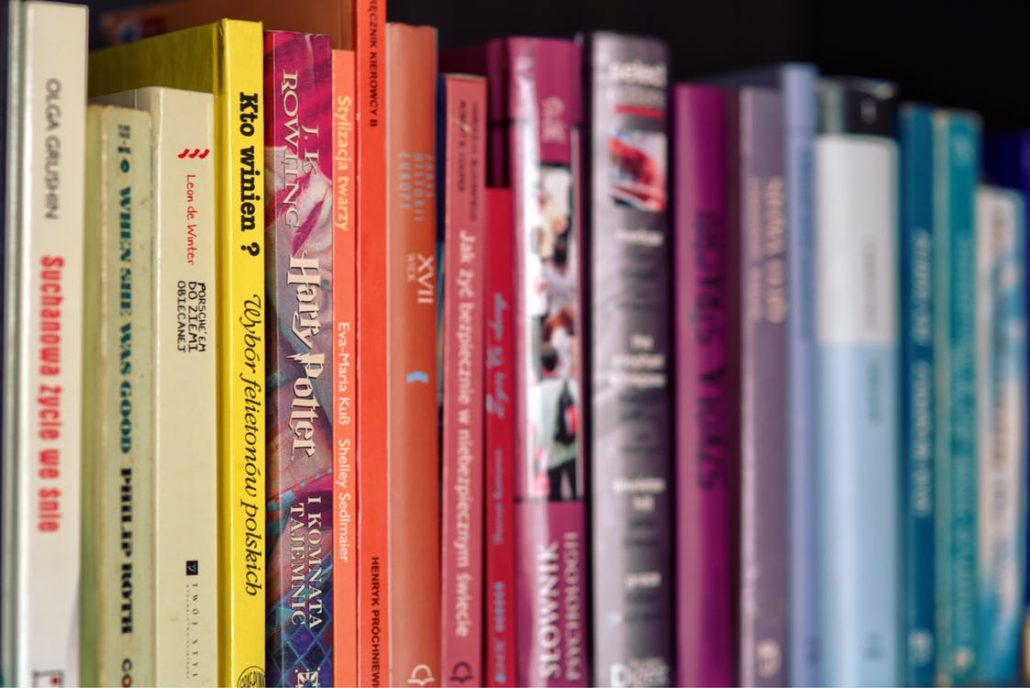How to Perform a Close Reading: Middle School


Middle school is such a huge transition. From the larger school, the locker situation, and the new faces, to the noticeable increase in homework and advancement of skill sets, many students feel overwhelmed at first. In terms of critical thinking skills, middle school students are still on the beginning tier—they are building a foundation and finding strategies that work for them. As we progress from reading comprehension and understanding texts to dissecting and analyzing the content (i.e. close reading), we must alter the strategies to explicitly teach students how to examine the finite details. This practice in critical thinking and analysis does not evolve in one fell swoop—it must be practiced.
With our transition-plagued, middle school readers, we want to be transparent about how we approach the subject of close reading. The goal is to gain a richer understanding of the text by questioning, dissecting, and relating to it. This practice should help to cultivate a love of reading in our novice readers—not stifle their interest with rote exercises. In order to accomplish this while still scratching the surface of building close reading skills, educators and parents can implement different strategies to subtly introduce the concept to their middle schoolers.
- Use one of your favorite paintings or photographs to practice close reading strategies in a more subtle fashion. Cover the image with post-it notes. Then, while slowly revealing portions of the painting, ask your middle schooler to describe what they think is happening in the painting. The key here is that they closely “read” the scenario without having the full picture to reference. This is a subtle way to prompt a young reader to look at the context clues in the illustrations. Be ready with questions to take the discussion further, such as, “What emotion is this painting evoking?” Or, “Where do you think this scene takes place based on the background?” These questions motivate readers to look closely at the details and draw interpretations and inferences—the same practices involved in close reading written text.
- Familiarize your adolescent with unknown words by helping him search for definitions. When reading any text, even an article, poem, or short story, there are bound to be some words that your child is less familiar with. Practice recognizing when this happens by asking if he or she knows what a certain word means. If she doesn’t, use a dictionary or web search to define the word together. This practice allows kids to not only recognize when they are unfamiliar with a word, but encourages them to seek clarification—a skill required for close reading. Enrich this practice by asking middle schoolers to find synonyms and antonyms for these newly-defined terms.
- Introduce the concept of questioning the author’s creative choices by discussing the title of a new book. Again, the subtly of this practice is a great pre-reading strategy that helps middle schoolers make predictions. Ask why the author may have chosen this specific title? Are there any other titles that might fit the story? Ask students to make inferences about what might happen in the story based on the title. Be sure to ask her why she thinks that. After reading, refer back to initial assumptions or predictions and discuss new findings.
- Encourage your middle schooler to ask questions while reading. These questions are likely the beginning of the close reading process. Explain that sometimes, questions may be left unanswered based on the story. Discuss how these unanswered questions allow readers to use their imaginations and draw their own conclusions.
- Seek clues from uses of figurative language and other creative writing approaches. For example, ask why a certain poem contains repetition. Does it create a sense of urgency? Help to establish rhythm? Solidify the theme or central message? Look into an author’s background to identify influences or common themes. An understanding of the writer helps when investigating the text during close reading.






